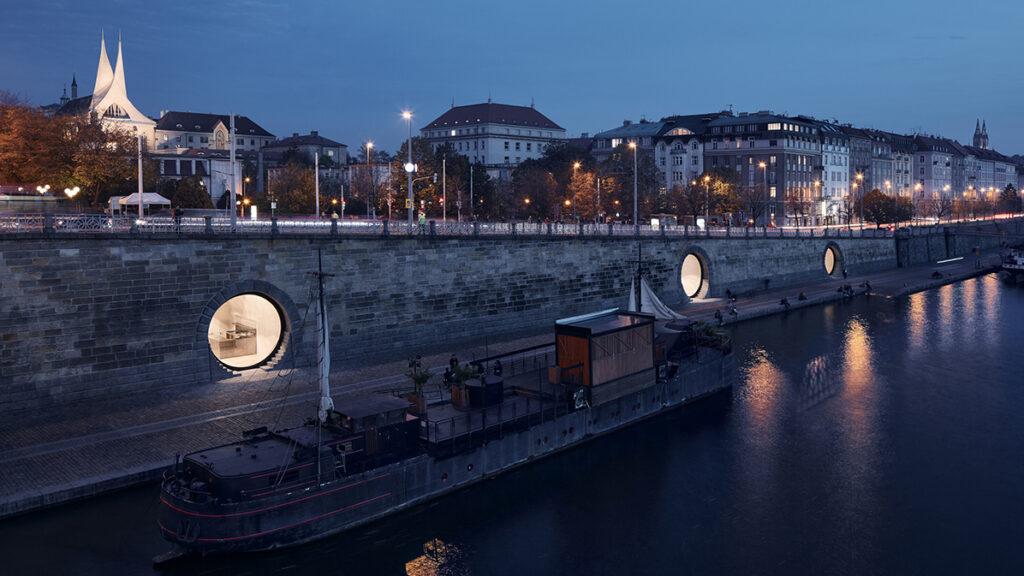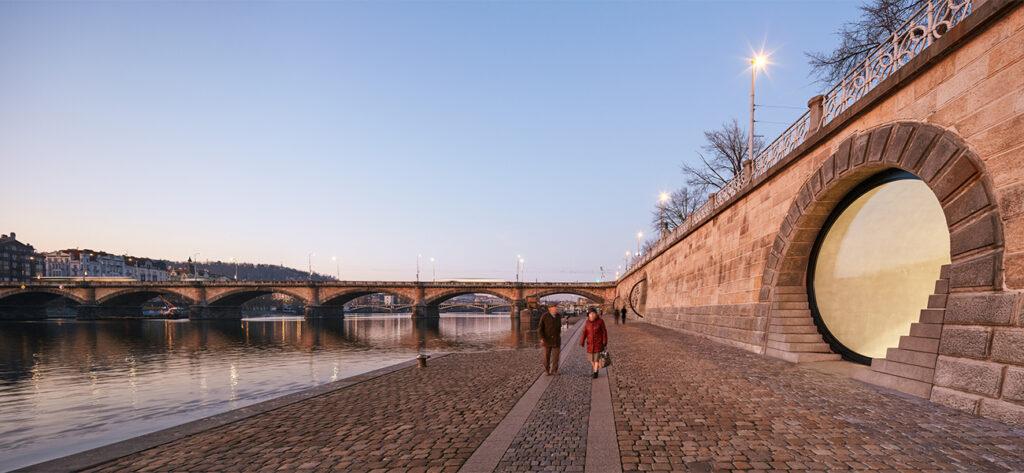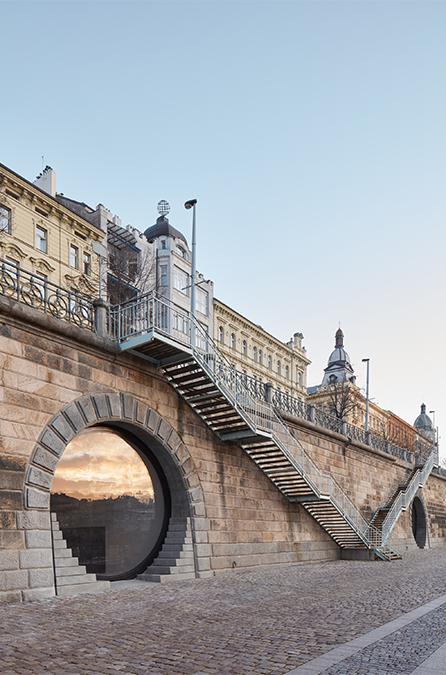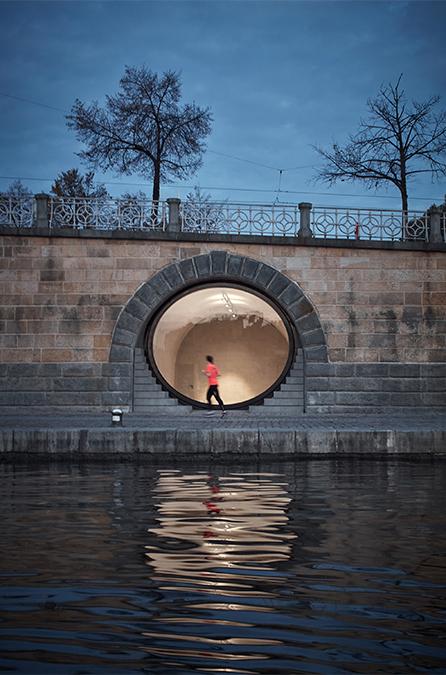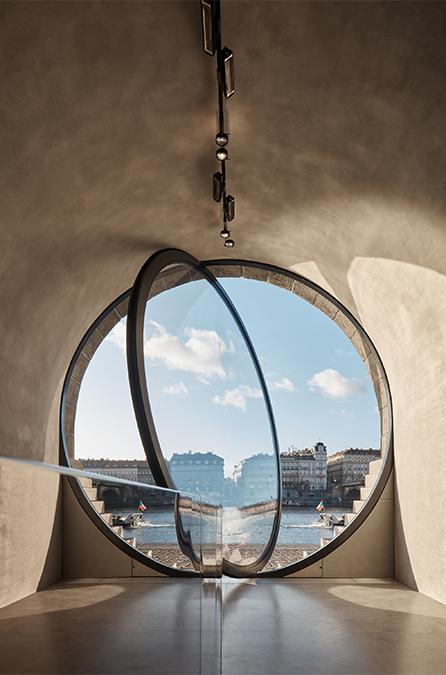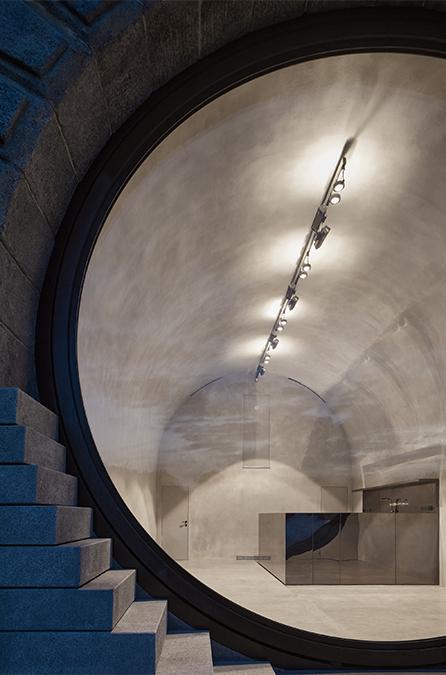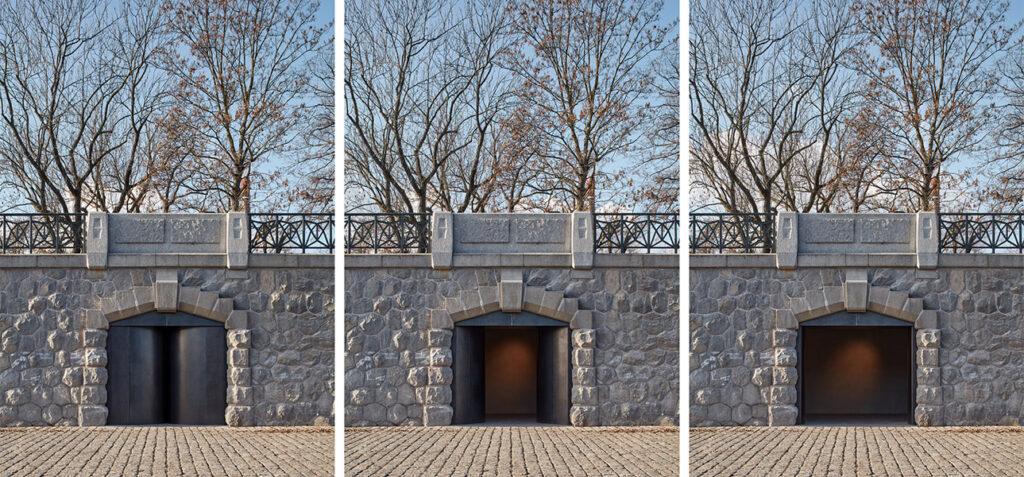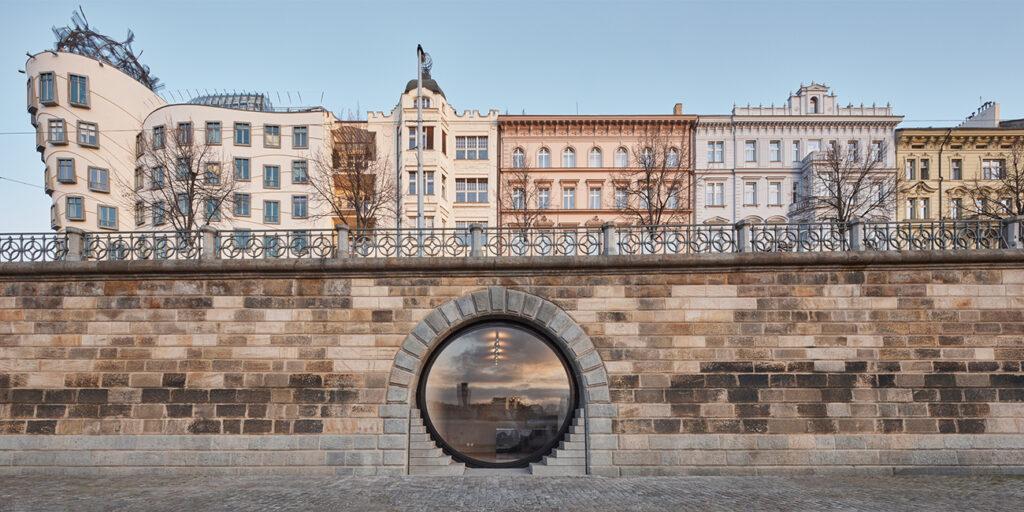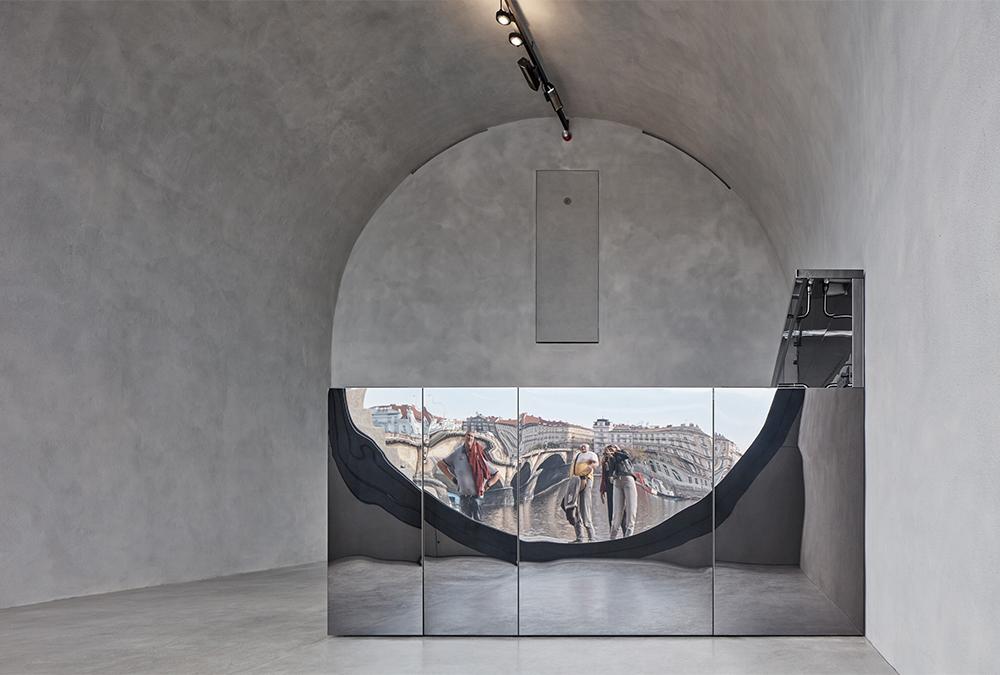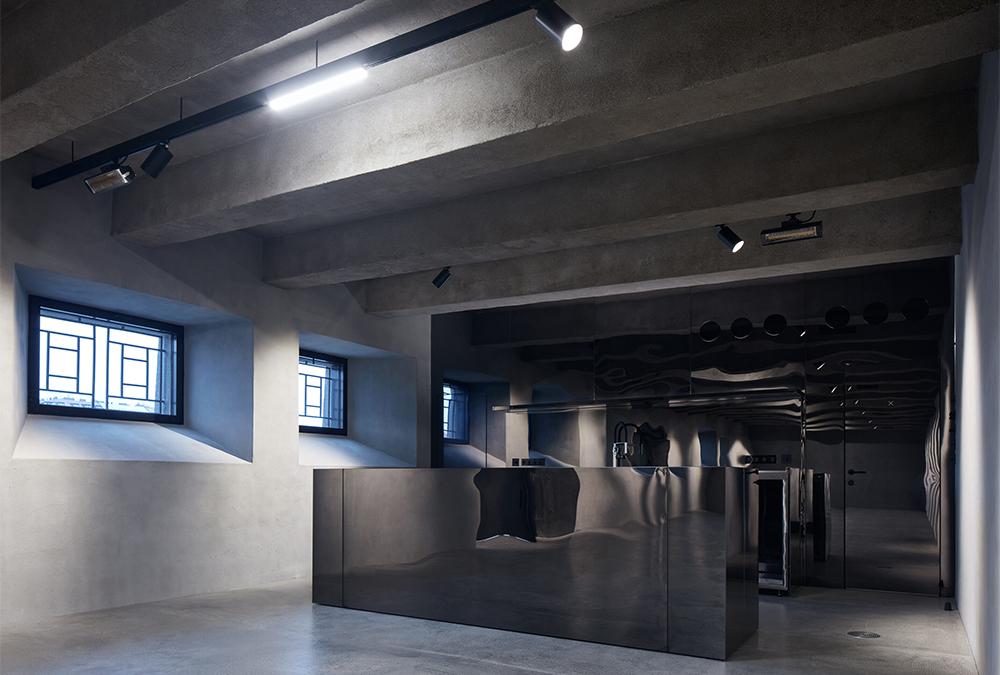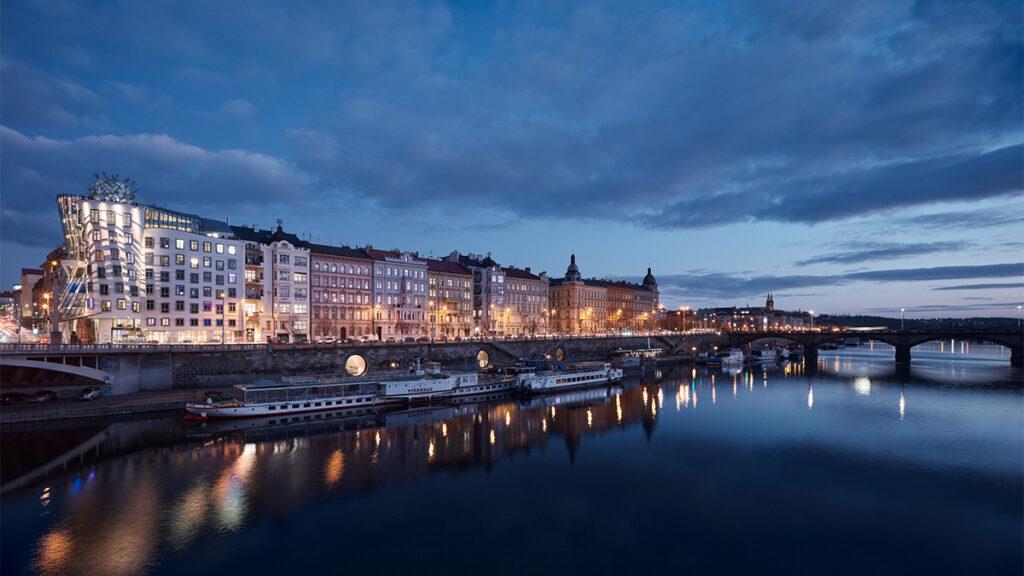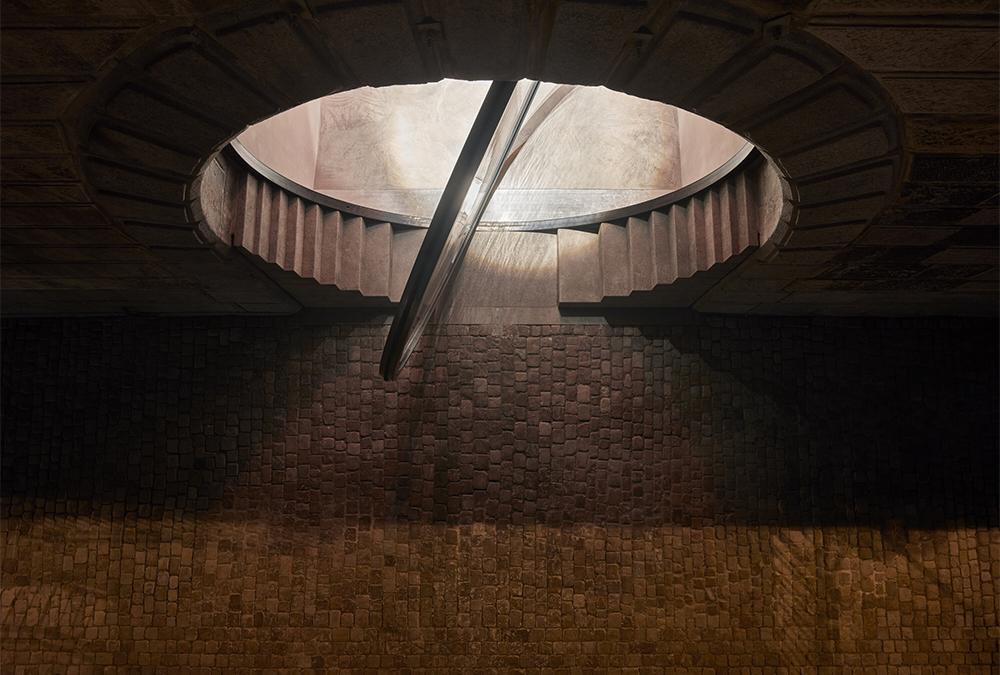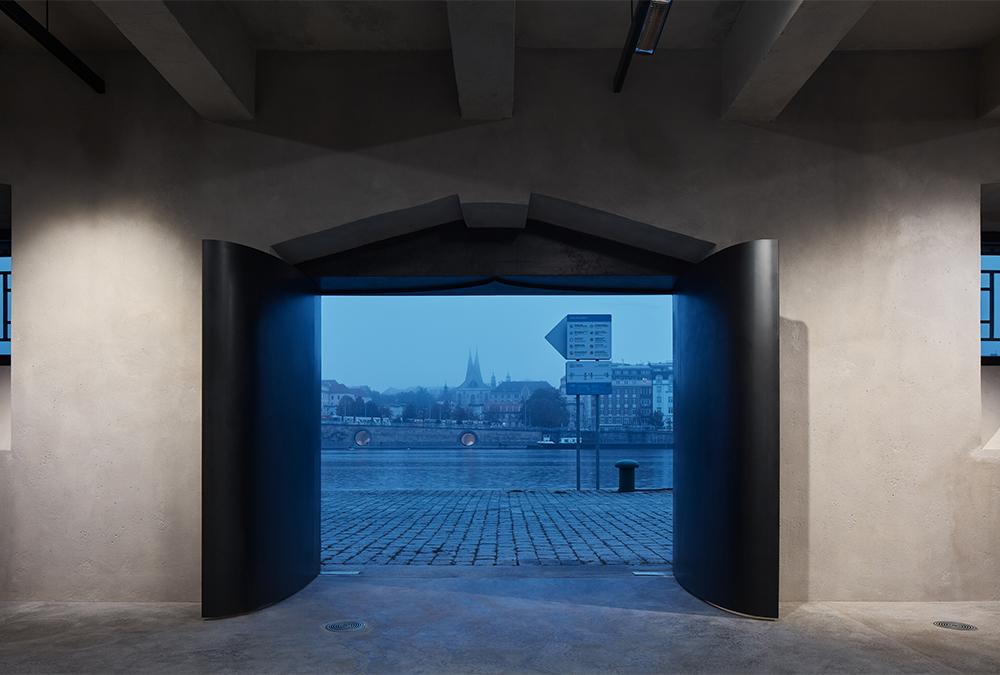Prague revitalizes its Vltava riverfront
The “golden city” is breathing new life into the embankment of the river Vltava: long-standing revitalization plans are now progressing. Thanks to the creations of Petr Janda, Prague can enjoy some attractive new highlights.
Charles Bridge, the castle, Golden Lane, U Fleků brewery and so much more: Prague has always had a lot to offer. And now the revitalization of the riverside is enriching the “golden city” with some additional highlights. Petr Janda, lead architect on the project since 2017, is bringing a glittering mix of old and new to the Vltava promenade.
Long road to new splendour
Originally a bustling quay and transhipment point, the area on the New Town side of the Vltava fell into disrepair after the 2002 floods and was only being used as a car park. The project to restore Prague’s waterfront was initiated by enthusiastic citizens in 2009. Prague-based architect and artist Janda has been part of the action ever since, working to revitalize and redevelop the area. This was an elaborate process: the first phase wasn’t completed until 2019, ten years later. But the result of the project realized on behalf of the city of Prague is impressive. And what is still to come is no less fascinating.
The revitalized area stretches along Prague’s three embankments Rašín, Hořejší and Dvořák, a total of almost four kilometres. The first, completed phase has seen the largest investment in Prague’s public spaces since the 1989 revolution. Building costs for the socially and culturally significant project amount to 6.5 million euros.
New world in old walls
The focus was on the reconstruction of 20 vaults in the retaining wall, which originally served as ice storage rooms. Instead of creating traditional interior spaces, the vaults have been merged with the exterior. In this way, the riverbank area and the river become closely intertwined.
Petr Janda’s concept considers the Vltava to be the backbone of Prague. The riverfront architecture becomes its spine, so to speak, with the embankment slopes as the individual “vertebrae” that hold the city’s skeletal system. This backbone should not become a stiff, firmly assembled relic set in stone, the architect explains. Rather, it should display authentic architecture and content, facilitating flowing and cultural life.
Versatile module system
The newly designed vaults will serve as cafés, clubs, studios, workshops and galleries. A library and space for neighbourhood meetings will be on offer as well, plus public toilets for visitors, of course. The design creates a versatile modular system: each room features basic equipment, including all operational and technical facilities as well as a movable bar.
A user handbook specifies the scope for changes that can be made by tenants. This preserves the underlying vision and at the same time enables authenticity for the tenants. The manager, architect and a curator decide how the units are allocated.
Small changes, big impact
Structural changes fit symbiotically into the historic embankment wall, recreating a monumental whole. The six vaults on the Rašín embankment follow the almost circular arc along the upper part of the existing openings. The design itself is based on a small change that takes away more than it adds.
Old façades made of expanded metal and stone structures built into the bridge arches of the retaining wall were torn down and replaced by large round windows reminiscent of portholes. Made of steel and glass, they can be opened by rotating diagonally within the frame.
The “miracle windows” of Prague
The elliptical, pivoting windows are probably the largest of their kind in the world, with a diameter of 5.5 metres. At seven centimetres thick, they weigh 2.5 tonnes each and are opened and closed by a motor.
The arched cladding of the old portals is complemented by stepped stones. These conceal the installation shaft, air conditioning ventilation and the flood protection elements. The fourteen vaults on the Hořejší embankment have sculptured entrances made of steel. They are curved in such a way that, when open, they connect the vault, the bank and the outside area.
Well-conceived interior
As part of the revitalization, all existing fixtures and floors were removed. Reinforced floor slabs for special flood protection were laid, the walls were insulated, and much more. The design and material of the individual elements in the vaults are the same for all room types. The walls and ceilings are made of sandblasted concrete, the floors of poured concrete. Architect Janda’s concept cleverly conceals the pipes, wires and building technology in the vaulted structures.
The new vaults on the Vltava riverbank in Prague are fully accessible. They can also be used all year round, with a combination of floor heating, air conditioning with heat recovery and infrared heaters. Wastewater is discharged into the sewer system that runs above the embankment via a pressure pump system.
Alluring and mysterious
There are many facets that make Petr Janda’s design for the revitalization of the river promenade such an impressive sight to see. On the one hand, the expertly modernized vaults are like a rediscovered way to access the city’s historical mysteries. On the other, they entice visitors to enjoy vibrant, thoroughly modern cultural and leisure offerings.
The result of the project phase already completed blends perfectly with both the “old” and the “new” Prague. The revitalization has hardly been mentioned in trendy travel guides so far, but this is likely to change very soon. After all, the extravagant portholes on the waterside are definitely “instagrammable”.
Urban renewal on the waterfront
Janda’s extraordinary work in Prague is a prime example of skilful urban renewal on the waterfront. Just how wonderfully the revival of urban riverbanks can affect quality of life is demonstrated by such projects as Henning Larsen’s “Belfast Waterside” or the revitalization of the Gdansk Shipyard.
What is still to come in Prague in the near future also has the potential to become a hot tip for locals and visitors. The next phases of the embankment revitalization will not only include street furniture such as benches, drinking fountains and free-standing toilets, but also a floating terminal for cruise ships and a lighting system.
A “floating pool” for Prague
One unique highlight is also on the agenda: Petr Janda’s plan for a “floating pool” in the Vltava, continuing Prague’s river bath tradition. His design has already received a jury prize at the coveted A+Awards. According to a report by “Prague Morning”, the swimming pool could be completed within just two years.
Text: Elisabeth Schneyder
Images: Petr Janda / BoysPlayNice
